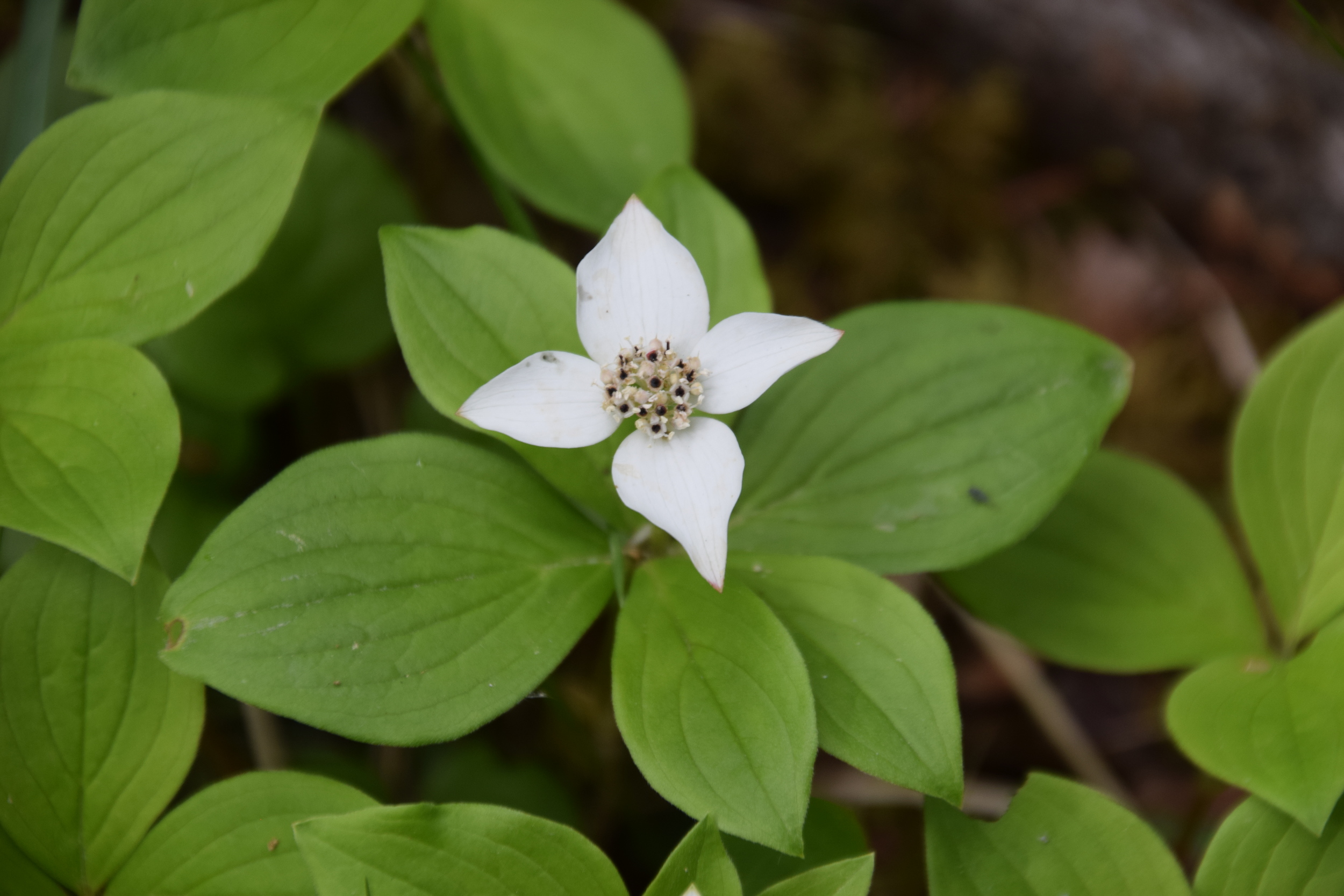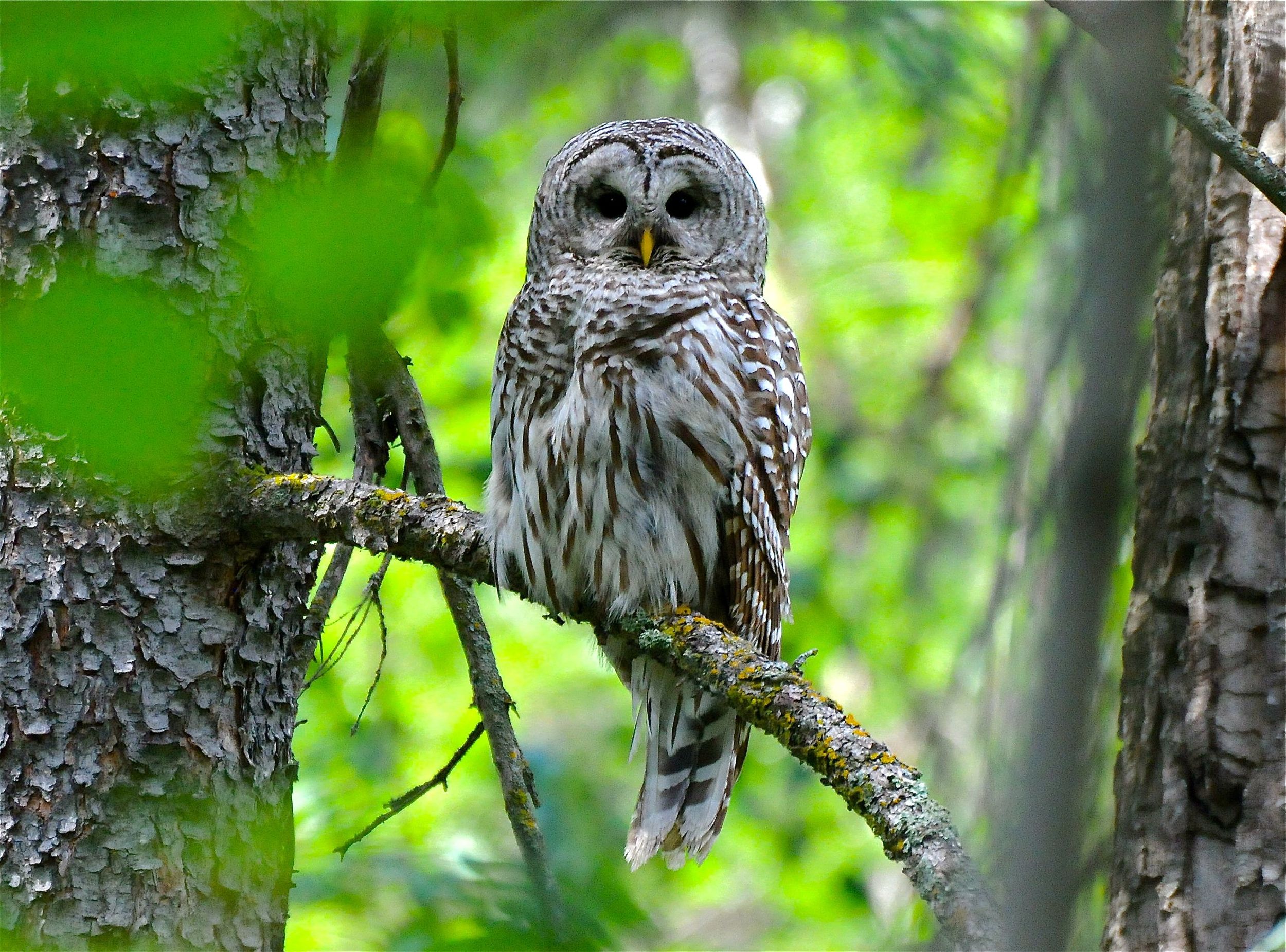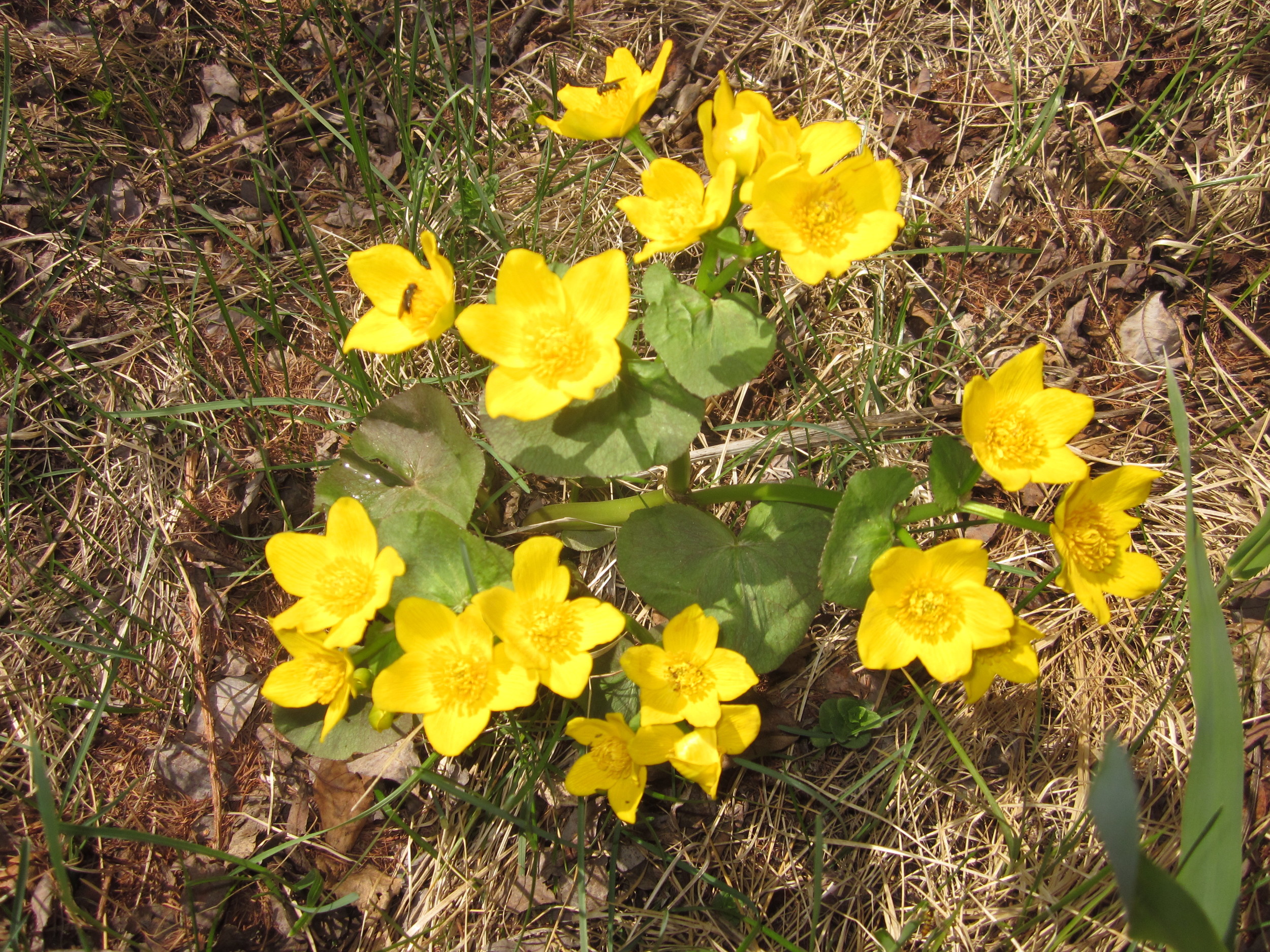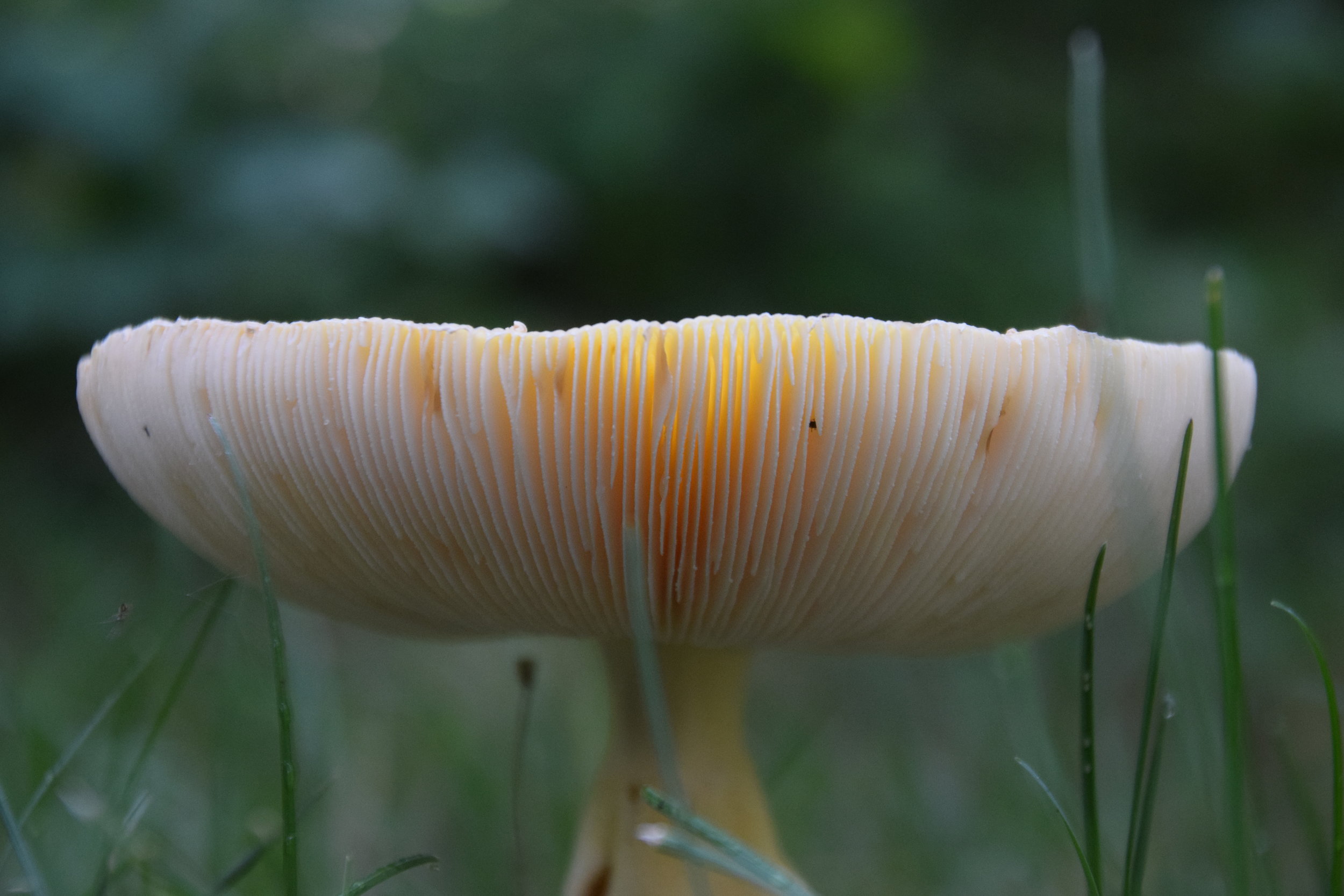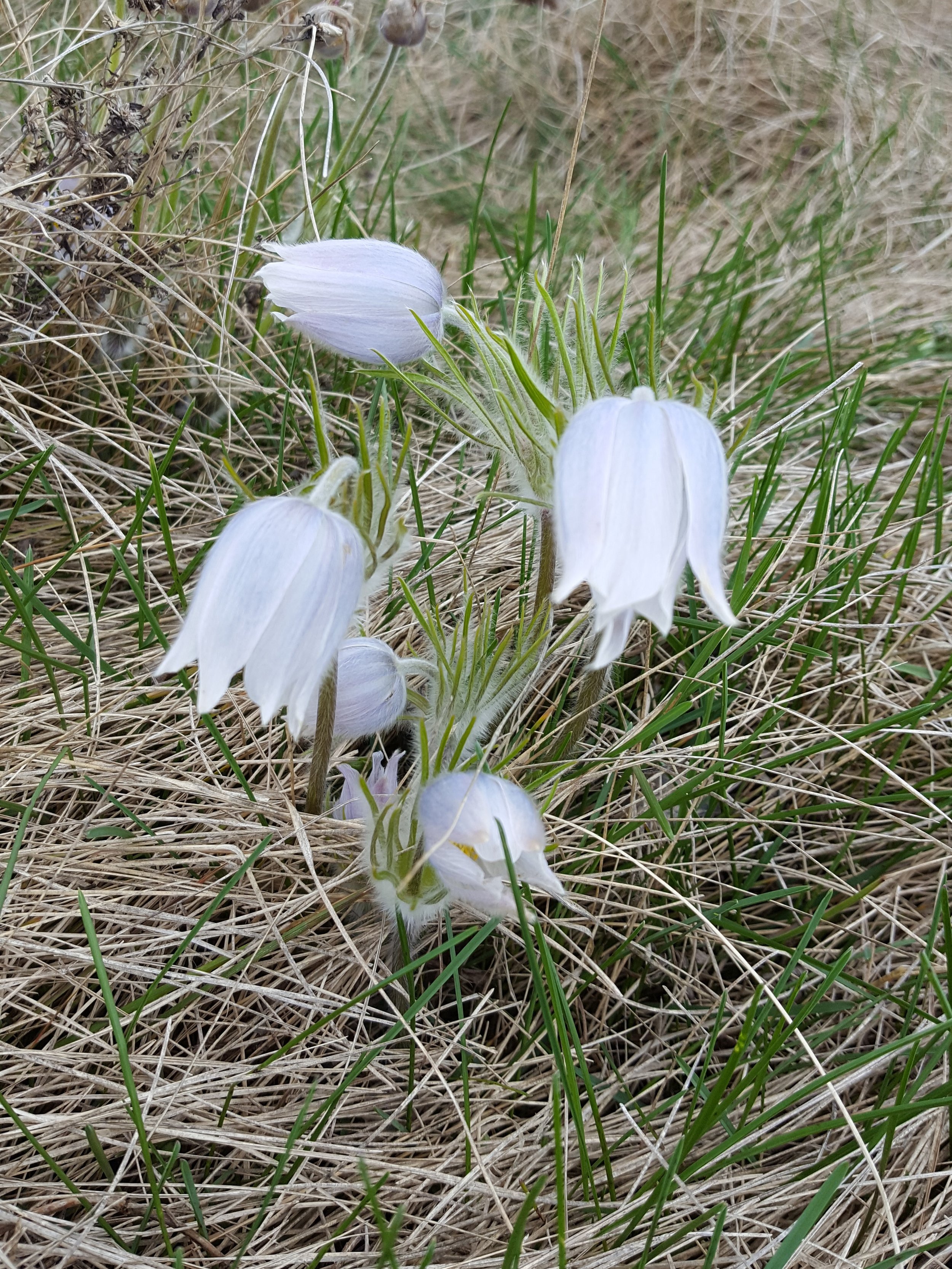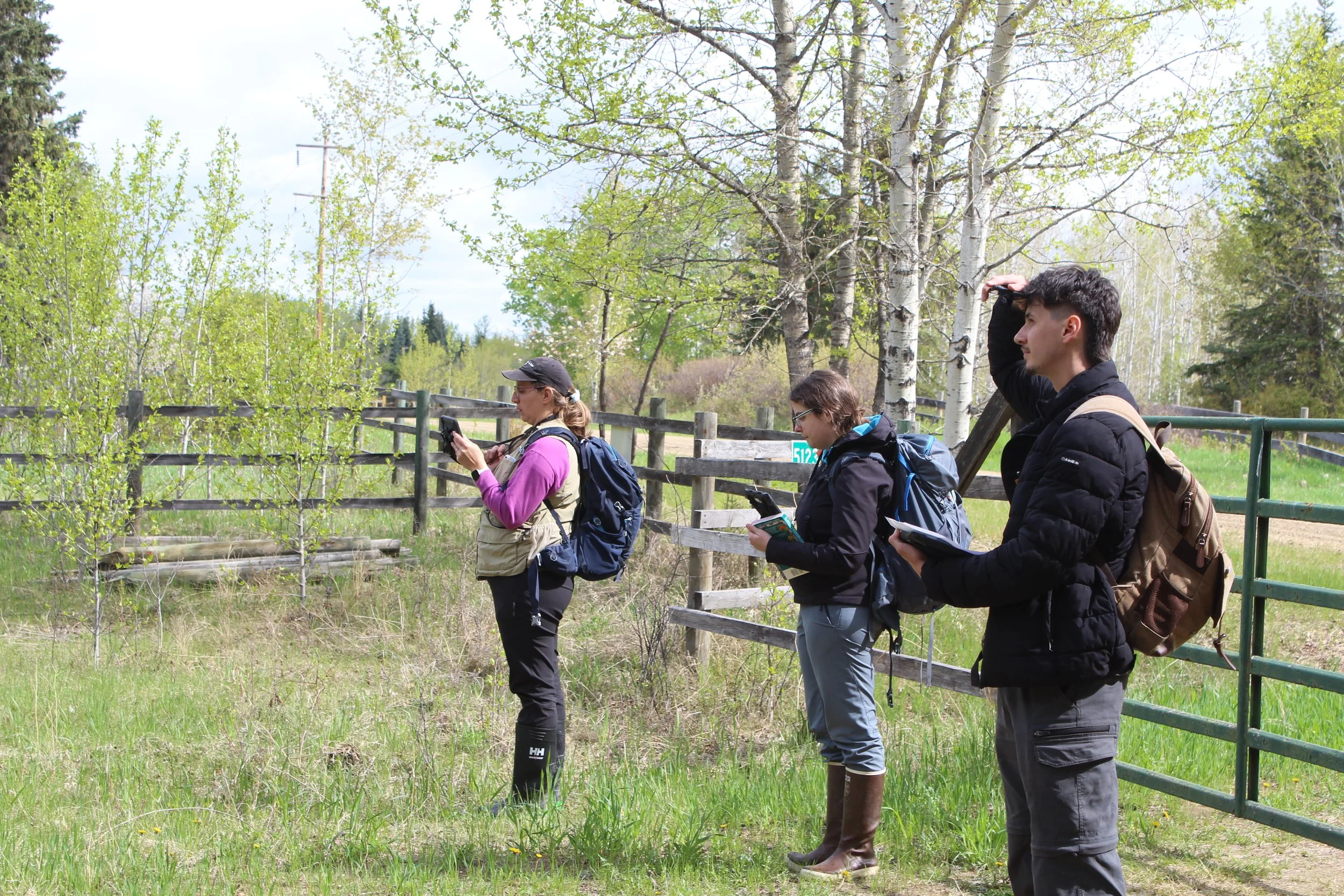LOCATION
line
• Parkland County
• Near the U of A Botanic Gardens and Clifford E. Lee Nature Sanctuary
• 640 Acres
• 30 km drive from central Edmonton
DIRECTIONS, PARKING & TRAILS
line
• 8.68 km of natural trails
• Trails meander over mostly flat terrain
• Outhouses and picnic tables on site
• Gravel parking lot
Bunchberry Meadows Closed from April 7th - May 19th
Bunchberry Meadows is home to many wildlife species, including mammals of all sizes and 58 species of birds, 7 of which are listed as Species of Concern.
April and May are a crucial time for plants and wildlife on the property, and they are especially sensitive to disturbance during this time. This temporary closure is implemented to maintain balance between human and wildlife needs.
Thank you for respecting this closure, and we look forward to welcoming you back on May 20th, 2025.
If you have any questions or concerns, please contact Ciara at ciara.fraser@ealt.ca.
Wildlife and Habitat
It features aspen parkland woods, as well as pockets of white spruce, tamarack, jack pine, and wetlands, giving way to diverse plant communities throughout the whole area. This natural area is an important refuge for wildlife, and is home to many species including moose, deer, squirrels, owls, hawks, and songbirds.
Photos: Betty Fisher, Marg Reine, EALT
Importance
Bunchberry Meadows Conservation Area is located in the Devon Dunes Environmentally Significant Area. The area has a highly sensitive aquifer under sandy soils. The close proximity of the Bunchberry Meadows Conservation Area to the Clifford E. Lee Nature Sanctuary, North Saskatchewan River Valley, and the University of Alberta Botanic Gardens provides a significant habitat corridor and greater landscape connectivity in the region for wildlife.
After the last iceage, meltwater created glacial Lake Edmonton, and much of the material was deposited in the east side of Parkland County. The deltaic sediments from Lake Edmonton were blown by post-glacial winds into unique sand dune formations. These dunes, the Devon Dunes, are unique in that they represent a field of sand dunes formed from deltaic sediments – there is no other such landscape in the Edmonton region, and they have associated unique plant community features.
Jointly conserved for over 40 years by several families, the Bunchberry property faced continued pressure from development, as the population of Edmonton and surrounding municipalities has been rapidly expanding. But with the help of EALT’s anonymous donor, who gifted $1.667 million on our behalf, the Nature Conservancy of Canada was able to raise sufficient funds to secure Bunchberry. EALT now owns Bunchberry Meadows in partnership with NCC, and since 2016 began working to steward the land in perpetuity, for the benefit of all people and wildlife.
The property is now open to the public for year-round foot access, and includes several kilometres of trails to enjoy. This is an ideal and special conservation area to visit and connect with nature.
Indigenous Connections
Connecting Bunchberry to Edmonton is Maskêkosihk Trail ᒪᐢᑫᑯᓯᐦᐠ ᐟrᐊᐃl . Maskêkosihk Trail was named in a partnership with Enoch Cree Nation and the city of Edmonton. It means “people of the land of medicine” in Nehiyawewin (Cree). This project helps to promote both Nehiyawewin and Nêhiyawîhcikêwin (Cree language and culture).
Partnerships at Bunchberry
As a way to restore disturbed habitat near the entrance of Bunchberry Meadows, two native plant garden plots were added by the Edmonton Native Plant Society. Thanks to volunteers of the ENPS, a variety of native species have been planted and continually cared for. Visitors can notice each plot’s differing soil conditions and the plants that thrive there.
You can volunteer and care for this garden by contacting enpsvolunteer@gmail.com.
Bunchberry Meadows is home to the Devonian Parklands Banding Station. This station collects data for the Monitoring Avian Productivity and Survivorship (MAPS) program. Experienced volunteers contribute to this citizen science opportunity by collecting data about local breeding birds.
Stewardship Highlights and Recent News








